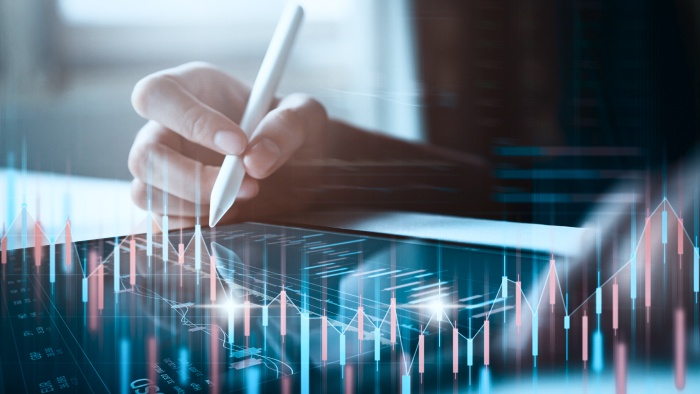Quantitative trading, also known as algorithmic or algo trading is a cutting-edge approach to financial markets that relies on mathematical models and computational techniques to make trading decisions. At its core, quantitative trading involves the systematic analysis of vast amounts of financial data to identify patterns, trends, and anomalies that can be exploited for profit. One of the key aspects of this strategy is predictive modeling, where historical data is used to develop mathematical models that can forecast future price movements. To implement a successful quantitative trading strategy, a thorough understanding of statistical concepts, programming languages and financial markets is essential. The first step in quantitative trading is data analysis. Traders gather a wide range of financial data, including price movements, trading volumes, economic indicators, and other relevant information. The data is then cleaned and preprocessed to ensure accuracy and consistency. Once the data is prepared, sophisticated statistical techniques and machine learning algorithms are applied to uncover patterns and relationships within the data. This analysis aims to identify potential factors that may influence market movements, providing the foundation for building predictive models.
Building predictive models is a crucial aspect of quantitative trading. These models can take various forms, including time series analysis, regression models, and machine learning algorithms such as neural networks. The choice of model depends on the nature of the data and the specific goals of the trading strategy. The models are trained using historical data, learning from past market behavior to make predictions about future price movements. This iterative process involves refining and optimizing the models to enhance their predictive accuracy. Risk management is another critical component of quantitative trading. Despite the predictive power of models, financial markets are inherently unpredictable, and there is always a risk of unexpected events. Traders use various risk management techniques, such as stop-loss orders and position sizing, to mitigate potential losses. Additionally, continuous monitoring and adjustment of trading strategies are necessary to adapt to changing market conditions.

Technology plays a pivotal role in the execution of quantitative trading strategies. High-frequency trading HFT relies on advanced computing systems and low-latency connections to execute trades at lightning speed in Quotex broker. As quantitative trading involves processing vast amounts of data in real-time, powerful computing resources and efficient algorithms are essential for timely and accurate decision-making. In conclusion, quantitative trading is a dynamic and data-driven approach to financial markets that leverages advanced analytical techniques to develop predictive models. Traders meticulously analyze historical data, build sophisticated models, and implement risk management strategies to capitalize on market opportunities. In an era where technology continues to evolve, quantitative trading represents the forefront of innovation in the financial industry, providing traders with a systematic and disciplined approach to navigating the complexities of global markets.

